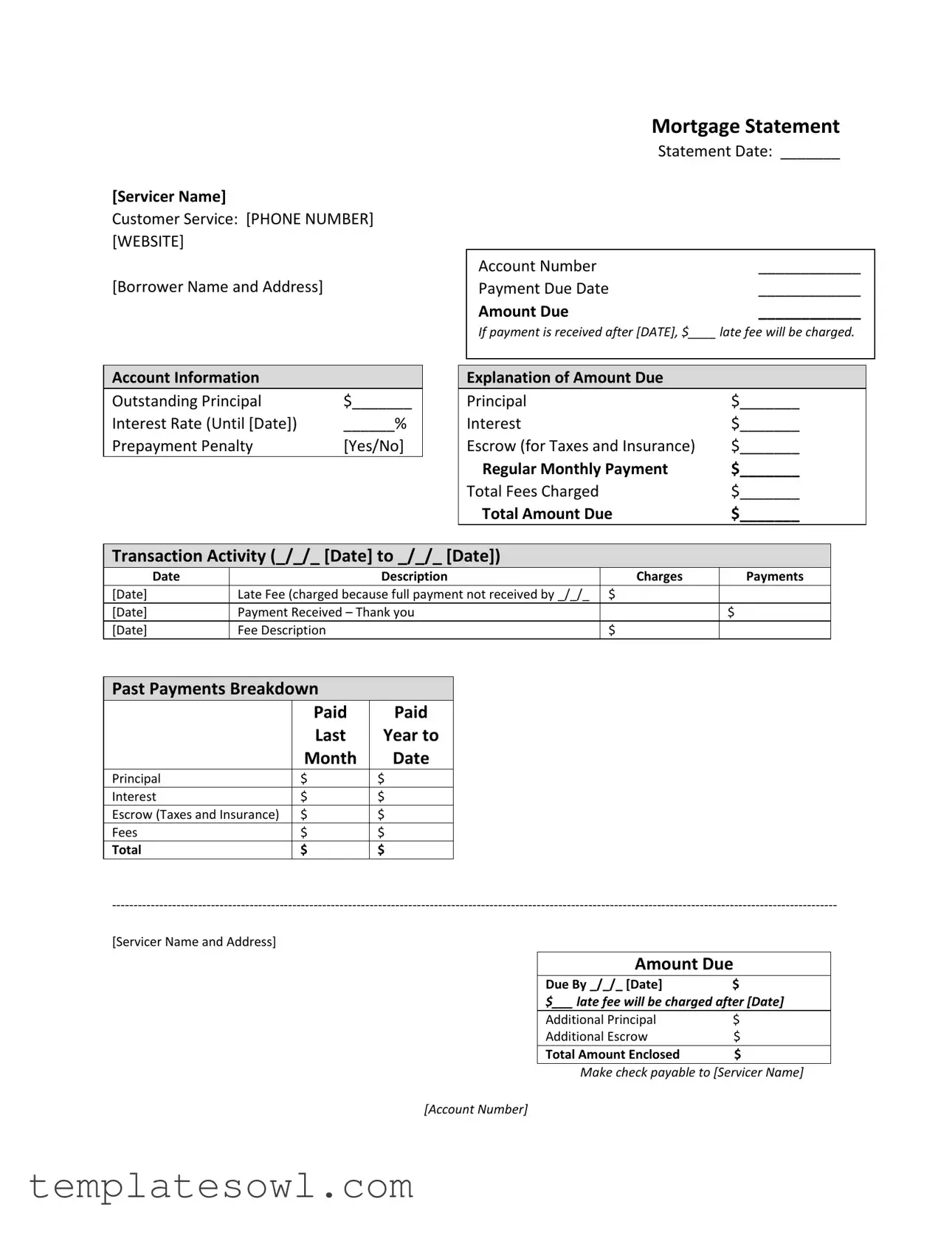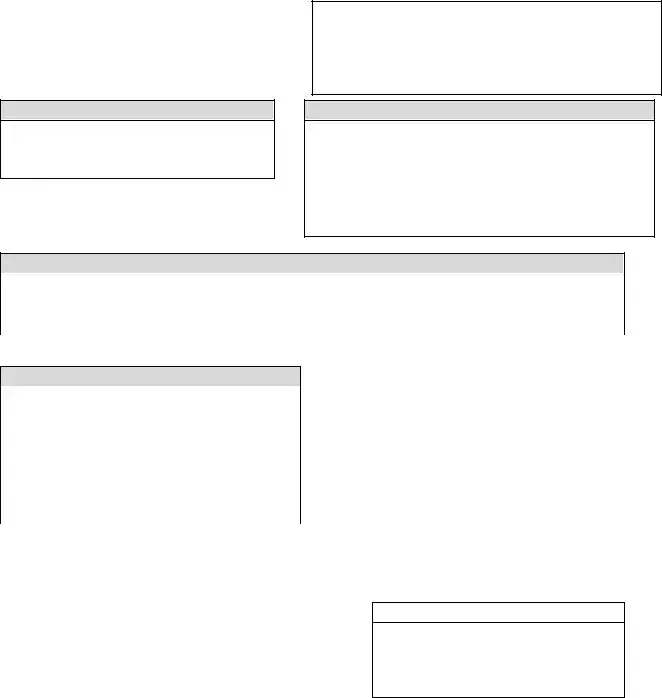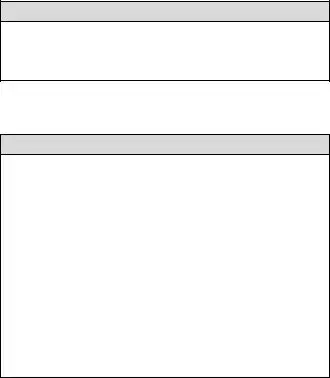What information is included in a Mortgage Statement?
A Mortgage Statement provides essential details about your mortgage account. It includes your servicer's name, customer service contact information, your name, and your address. Key details such as the statement date, account number, payment due date, and the amount due are presented prominently. You'll also find information on outstanding principal, interest rate, prepayment penalties, and a breakdown of components contributing to your total payment for the month.
What happens if I make my payment after the due date?
If your payment is received after the due date, a late fee may be charged. The amount and the date when this fee applies will be indicated on your statement. It's vital to understand these details to avoid unexpected costs and maintain your account in good standing.
What does the transaction activity section show?
The transaction activity section lists all relevant transactions that occur within a specific period. It will detail the dates and descriptions of both charges and payments. If a late fee was incurred, it will also be noted here, along with any payments that have been received. This section helps you track your payment history effectively.
Can I make partial payments on my mortgage?
Yes, you can make partial payments, but it’s important to note that these amounts won't be applied directly to your mortgage balance. Instead, they will be held in a suspense account. Once you pay the remaining balance of the partial payment, only then will those funds apply to your mortgage balance. Understanding this can help you better manage your payments.
What should I do if I am struggling to make my mortgage payments?
If you are experiencing financial difficulty, your mortgage statement may provide resources for mortgage counseling or assistance. There are typically options available to help you address missed payments and avoid foreclosure. It’s wise to reach out promptly to explore your options.
What is meant by 'delinquency notice' in my Mortgage Statement?
A delinquency notice indicates that you have not made mortgage payments on time, and it will specify how many days you are delinquent. This section is crucial; failure to act on this notice may lead to additional fees or even foreclosure. If your account is flagged, addressing the situation swiftly can help you maintain your homeownership.
How can I contact my mortgage servicer for support?
Your Mortgage Statement will include the name and contact information of your mortgage servicer, which typically consists of a customer service phone number and a website. Use these resources for any questions or concerns you may have about your account. Don’t hesitate to reach out; they are there to assist you!


